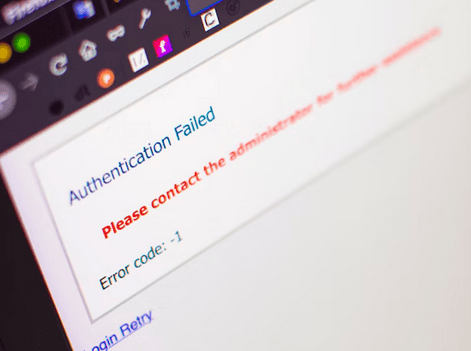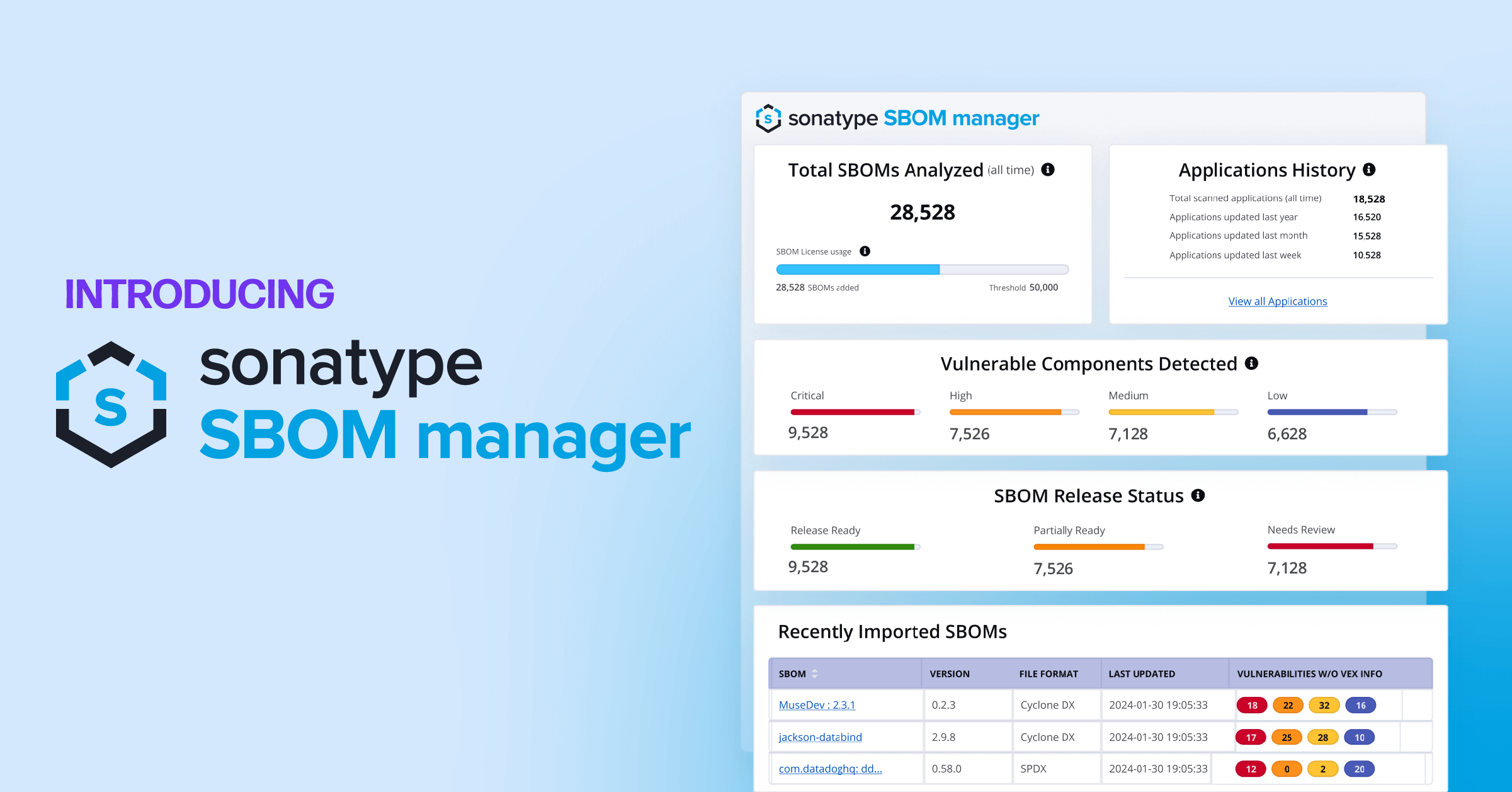Attention all tech wizards and software sages! The cloud is calling, and it's time to take your software supply chain management (SSCM) efforts to new heights. Yes, we're talking about moving from the sometimes resource-intensive, self-hosted setup to the access and scalability of cloud. We know this is an important topic as an estimated 57% of enterprises transitioned in 2022, and it's only expected to rise in the coming years.
Transitioning to the cloud too fast can create problems, so before you hit the big red "migrate" button, let's take a look at key steps to help make the transition as smooth as a cloud floating in the sky.
Why should I move software supply chain management to the cloud?
Some common drivers that make cloud management a draw for companies include:
- Aging hardware or reliability issues.
- Increasing maintenance costs.
- Compatibility issues with your evolving tech stack.
- A need to quickly scale your environment.
Assessing your cloud readiness
Once you’ve determined that moving is the right choice, the next step is to assess your current SSCM processes. You and your team must determine which of your current processes can easily transition to the cloud and which may need to be modified or re-architected.
For example, the individual contributors who will manage and depend on the SSCM platform will need the right access. As a result, it's crucial that you have an identity provider that will help you authenticate users. Remember, who you authenticate will determine the permissions available, and the permissions you have may be set by role, or individual needs.
 Source: Markus Spiske
Source: Markus Spiske
Unfortunately, some systems are locked down or hard-coded to specific addresses. Some written from the ground up to only function on a local network as a security precaution are often unable to adapt to outside networks and cloud. Some teams will need to modify configurations and others will need to architect a new solution that works with cloud APIs.
Cloud strategy is more than just a buzzword
Before you make any significant changes, it's crucial to have a solid game plan. Make sure to involve all stakeholders, including your IT and development teams, especially for SSCM tools. When everyone is on the same page and understands the goals and requirements for the transition, your organization can make migration a breeze.
Any strategy to move into a cloud-based SSCM must cover:
- How repository services like Maven Central Repository will interact with your service
- If any source code versioning software is impacted
- Other connections to existing development tools, such as Jira or GitHub
- Deploying efficiently and addressing CI/CD tasks
Evaluate cloud management options
With many cloud managed SSCM tools to choose from, it's important to consider your options and select the one that's right for your organization. Considerations should include:
- Flexibility - How does cloud tooling interact with your existing frameworks?
- Security - Do you need special configurations or certifications to comply with customer requirements?
- Scalability - Can you easily upgrade (or downgrade) resources if conditions change?
- Cost - Although many cloud services have competitive pricing, are other expenses impacting the total price tag?
It's also important to have the right support and expertise available to ensure you can successfully make the transition.
Plan your migration
Once you've assessed your current processes and chosen a cloud SSCM solution, it's time to look at migration. This is like taking a road trip – you need to know the route, the pit stops, and the scenic views.
Migration plans should include:
- Executive support
- Adequate staffing
- An understanding of goals and objectives (scalability, analysis tools, uptime, etc.)
- A clear outline of the tools and services to be redeployed in the cloud
Making a security plan part of migration helps avoid risk in the short and long term. Although cloud services will always include some assistance, most experts agree that you must take in-house steps to protect your environment.
Testing 1, 2, 3
Before making any changes to your production environment, it's crucial to thoroughly test your new cloud-based processes. This will help confirm that everything is working as expected and that any issues can be identified and addressed before the transition is complete.
A key test in the course of any new service is that of effective security barriers. These include ensuring that all public access is disabled and sometimes enabling firewalls between environments.
Beyond this norm, the specific steps required in each instance vary widely based on your team’s protocols, requirements, and objectives. Common initial testing includes stability, bandwidth, verifying user access limits, and encryption of sensitive data.
Testing should also verify that best practices and any established security policy are implemented.
Monitor and optimize
Once your new managed SSCM processes are running, it's important to observe them regularly to ensure they are performing to your standards. Common standards include establishing connections and performance benchmarks. Watch out as tweaking configuration settings for speed or security without the right tools and support in place can be dangerous.
As with our testing example, specific tools and services in this space will vary between organizations, but log file analysis, auditing, and KPIs are all topics to address in your cloud migration plan.

Source: Chris Liverani
In the end
Transition to the cloud with confidence, by thoroughly researching the different options available, involving all stakeholders in the decision-making process, and taking a phased approach to implementation with thorough testing and monitoring. Following these guidelines can help you avoid any missteps and fully realize the benefits of great cloud-based SSCM and keep it effective for long term success.
More resources
- A look at some of the key issues and concerns for the industry in our 8th Annual State of the Software Supply Chain Report.
- Learn more about cloud migration planning and cloud security policy.



